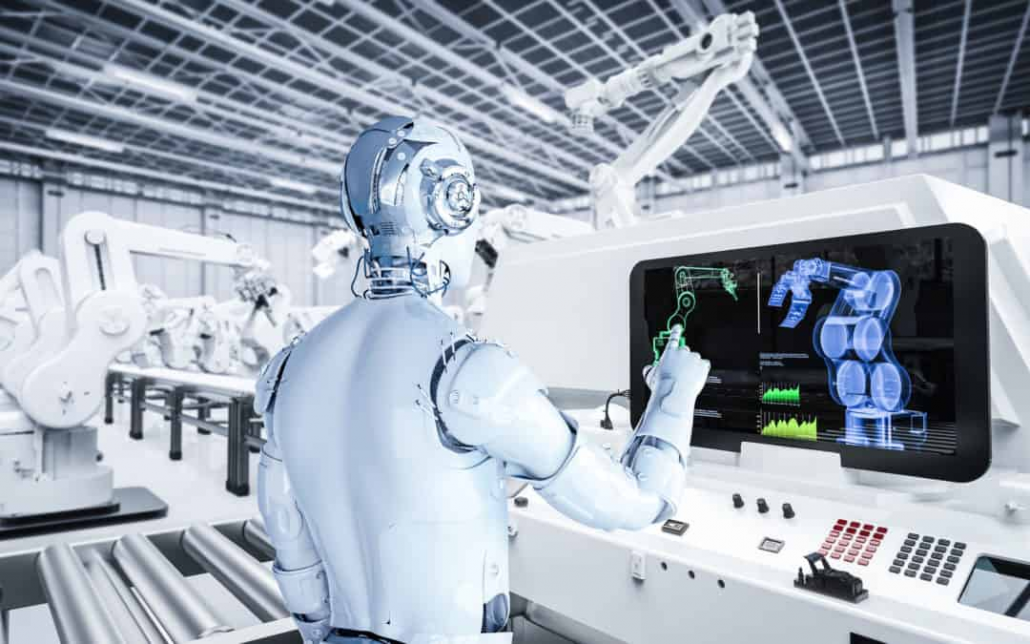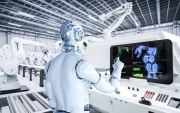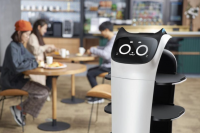Robots Will Be Our Future Employee-But How?
Robots are going to be a big part of the workforce in the future. They’re fast, efficient and can do many tasks that humans can’t. They’re also becoming more and more affordable, so companies are starting to adopt them more and more. In fact, there are already robot workers in some factories and other workplaces.

But there are still some questions about how robots will affect the workforce. For example, will they displace human workers or just supplement them? And will they be able to learn and adapt quickly enough to new jobs?
There are also ethical concerns surrounding robots. Will they be treated fairly by their employers? And will they be able to have a fulfilling life outside of work?
We’ll have to wait and see how these questions play out, but for now, robots are definitely an important part of the future workforce.
The Pros of Robots as Employees

Robots are becoming more popular as employees in various industries. They have many benefits, some of which are listed below.
First, robots are reliable and efficient workers. They don’t get tired easily and can work for long hours without complaint. This makes them ideal for manufacturing plants, where the speed and consistency of the work is crucial.
Second, they are cost-effective. robot employees don’t require benefits like sick leave or vacation time, which saves companies money in the long run. In addition, they are not affected by accidents as humans are, so they can work in hazardous environments with little risk of injury.
Third, robots can be customized to meet specific needs of an organization. This means that no two robots are the same, which gives companies more flexibility when it comes to assigning tasks and working conditions to them.
Fourth, robots can learn quickly and carry out tasks on their own without supervision over time. This makes them a valuable asset in fields such as medicine or law enforcement where accuracy and speed are essential.
All these factors make robots a viable option for future employees in various industries.
With advances in technology, robots are becoming increasingly popular as employees. Here are the pros of using robots as employees:

-They’re cheaper than human workers:
A study by Forbes found that a robot costs around 20% of the price of a human worker, making them a more affordable option.
-They’re reliable:
Robots are known for their reliability and minimal errors. This makes them perfect for tasks that require precision and accuracy, such as manufacturing or accounting.
-They can work 24/7:
Unlike human workers, who need some time off to rest and recuperate, robots don’t need breaks. In fact, they can work around the clock without fatigue or stress.
–They’re less likely to become injured:
Unlike human workers, who are prone to getting injured when lifting heavy objects or working in dangerous environments, robots are equipped with sensors that keep them safe.
-They’re able to handle difficult tasks:
Robots have been programmed to perform certain tasks quickly and efficiently, making them ideal for tasks that are difficult for humans to do.
The Cons of Robots as Employees

One of the major concerns with using robots as employees is their reliability. With no backup systems in place, a robot could malfunction at any time and cause serious damage or even loss of life.
In addition, they are not equipped to handle potential crises that may arise, such as a power outage or an emergency situation.
Furthermore, robots are not able to empathize with people, which can lead to conflicts between them and their human colleagues. Finally, robots do not get tired or emotional like humans do, which can lead to them taking advantage of their position.
Conclusion
As the world increasingly becomes automated, it is becoming more difficult for humans to find employment. However, this isn’t necessarily a bad thing – with the right robots on board, companies can save millions of dollars in wages and benefits costs.
In fact, according to a study by PwC, robotization could result in 69% of US jobs being replaced over the next five years. As automation continues to gain ground, it’s important that businesses are prepared for the future by investing in robotic technologies such as machine learning and artificial intelligence.



